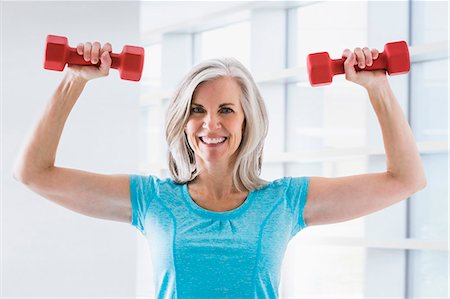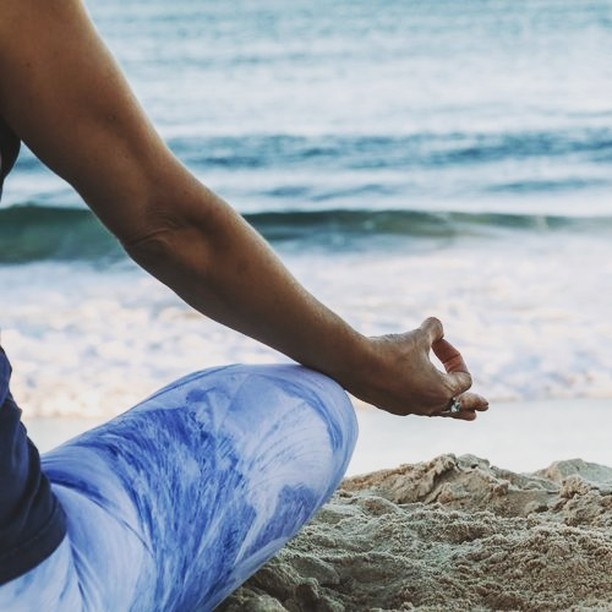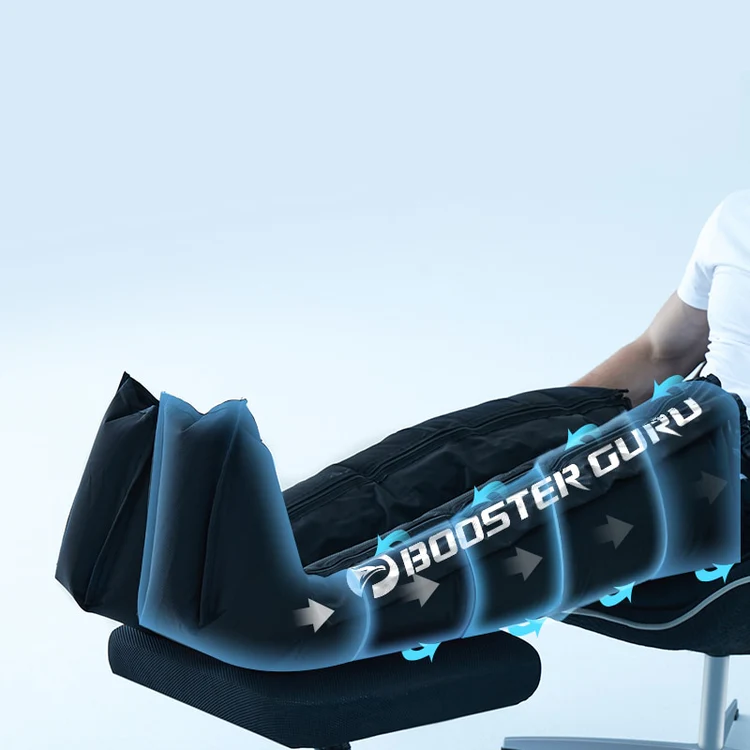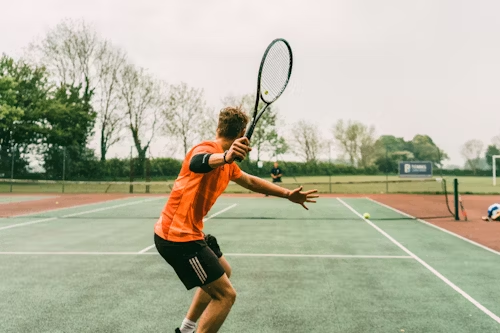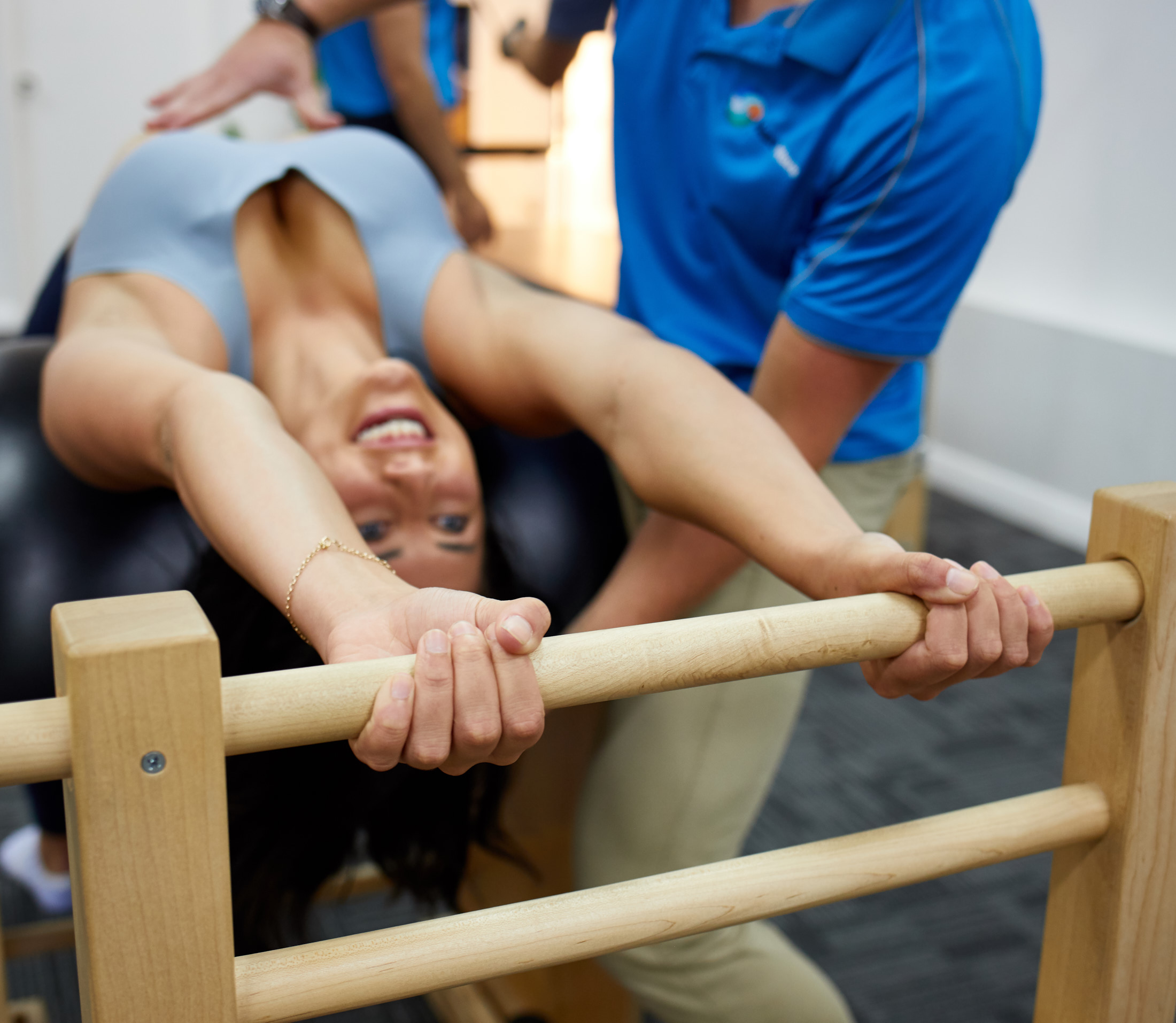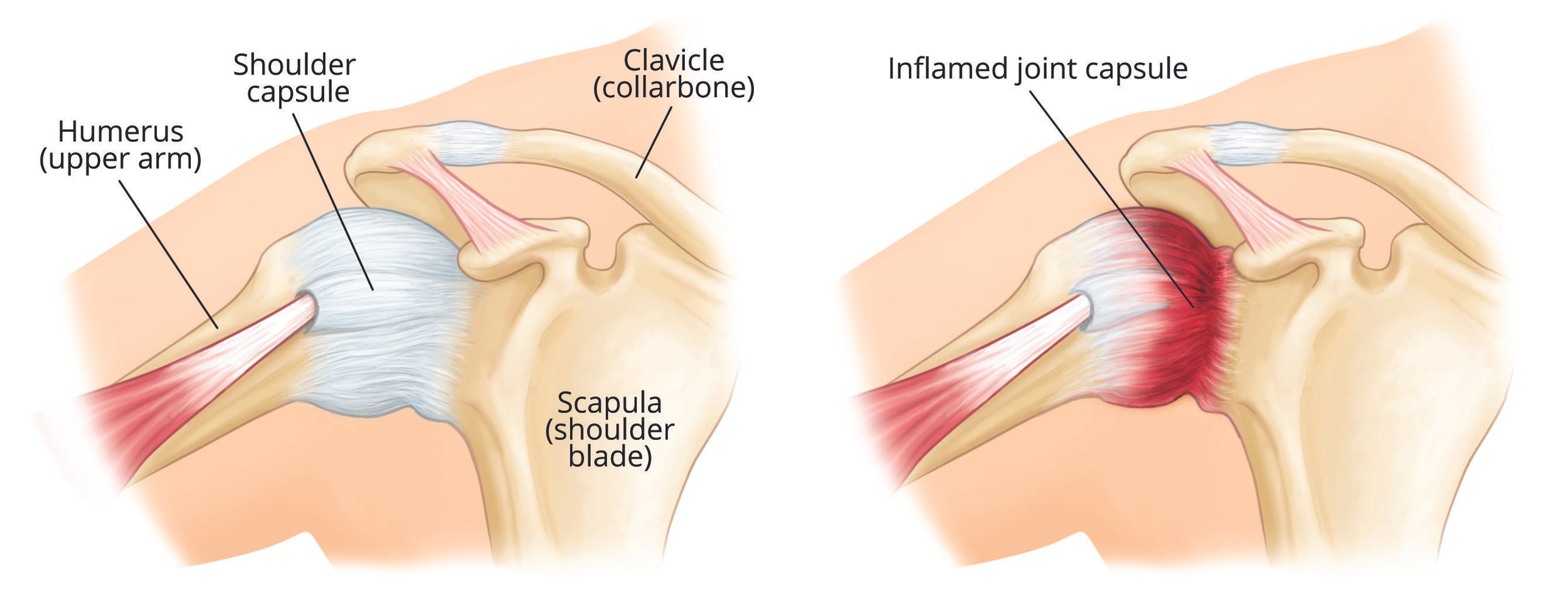Resistance Training Helps Women Stay Healthy
Women lifting weights (also known as resistance training) is a topic that Next Wave Physiotherapist, Steph Lock is passionate about.
Resistance training is indicated for recovery from injury, increasing bone density, building muscle strength… In this blog she describes the many benefits to this therapy for women of all ages.
“It’s a personal mission of mine to get every women I treat feeling comfortable with the idea of resistance training and not worried about loading up with weights appropriately.”
Steph Lock, Physiotherapist at Next Wave Therapy
What are the benefits of resistance training?
1. Increases bone density
As women age we are at a much higher risk of bone density loss or osteoporosis, particularly post menoapuse. (1)
“Wolff’s Law” states that bone in a healthy person will adapt to the loads under which it is placed. This means that putting heavier loads on your bones (lifting heavier things) will cause them to adapt and become stronger over time, reducing the risk of loss as occurs in osteoporosis. Unfortunately, that works in reverse too, where not putting enough stimulus or load into your bones will cause them to be less dense over time. So lifting weights is really good for your bones, but also not lifting weight can be detrimental for your bones.
Research shows that resistance training programs that are successful at increasing bone density have several common characteristics; training intensity above 70% 1RM (70% of the heaviest weight you can move in one repetition, for example a single squat), programs that last more than 12 months, and training frequency greater than two times per week. (2)
2. Lean muscle helps reduce pain, including back and arthritic pain
Resistance training can reduce the pain people experience in osteoarthritis. The GLA: D Trial out of Denmark has shown that 2 supervised hour long sessions a week for 6 weeks can reduced the knee pain felt from osteoarthritis up to 30% in some people. (3)
Resistance training can assist in easing some of the reasons that people get knee arthritis such as insufficient thigh muscle strength, gait imbalances and cartilage loading. It is safe to do so and your physiotherapist can guide you through a program that gradually works on some of these underlying causes of OA to help decrease your pain and increase your function. (4)
Similar results have been found for other joint conditions such as hip arthritis.
The recent guidelines for management of back pain and sciatica have stated that one of the best treatments include exercise and resistance training. Severe back pain has been associated with muscle atrophy, so it is important to address this as a potential cause of recurring and chronic back pain. How do you reverse muscle atrophy? Resistance training! (5)
3. Builds lean muscle
Resistance training helps you build lean muscle which uses energy for fuel more quickly than other types of tissue such as fat or adipose tissue.
While as a physiotherapist, I’m mostly interested in exercise that makes you feel better, move better and live better- it would be remis of me to not mention that resistance training can also help you look better.
4. Increase metabolism
Resistance training increases your metabolic rate, meaning that the processes in your body that tick along in the background speeds up, helping to process fat for energy more quickly.
5. Build resilience for everyday life
One of my favourite things about using weights for exercise is that it makes us more resilient for our everyday life. For example, pushing your heavier than usual shopping trolley around without getting sore. If you never needed to lift up your heavy dog but then suddenly it gets sick and you need to take it to the vet- having some baseline higher strength will make that an easier experience for you both.
6. Gain confidence in a higher baseline of fitness and strength
Having a higher baseline of fitness and strength means that if something does go wrong with your health, you have strength and resilience to draw on while rehabilitating your injury.
7. Increasing strength of pelvic floor and preventing prolapse
A lot of women have a fear of lifting weights causing incontinence or organ prolapse post pregnancy. While women in this population should be screened carefully by their physiotherapist and slowly progressed into exercise, the majority of women who do weights post pregnancy aren’t affected by these issues. In fact, lifting weights with proper technique can help with the strength and control of the pelvic floor, preventing incontinence and prolapse
So why don’t more women want to do any form of weight training if it’s so good for us?
Here’s some common questions I hear from my patients that I treat.
How do I start?
Some women have just never done it before and wouldn’t know their way through a weights room if they had to. While it can be intimidating to overcome this, there is always help in the form of your friendly physio. We can show you some moves, how to select the right weight, what exercises are appropriate for you and set you up with a simple program to begin with. We can even go through the program with you a few times so that you feel more confident.
It doesn’t have to be complicated to start! 5-6 exercises done well is enough to get a full body workout done. And as a physio, I understand that we all start at different places and that going too hard, too fast may lead to injuries. I can guide you through some lighter, easier exercises to start so you feel confident moving your body in an unfamiliar way.
Is it for me?
Yes! Even if you don’t have arthritis, osteoporosis or back pain, resistance training is an important way of caring for your body and giving yourself a strong, healthy body to carry you through all the things you want to do with your life.
For example, resistance training has been shown to prevent acute and overuse sports injuries, help recovery from injuries, and help you perform better, even if you’re a weekend warrior.
Pregnant women benefit by strengthening the legs to help or prevent fluid retention, leg cramps and varicose veins or strengthening the lower back and deep abdominal muscles to help prevent or relieve lower back pain.
The benefits are endless.
BUT I DON’T WANT TO GET TOO BULKY!!! I hear the collective internet scream.
Don’t worry, it’s unlikely you will look like Tia-Claire Toomey, winner of the Crossfit Games in 2017 and 2018, without intense training for 2 hours a day, every day. If you follow the World Health Organisations recommendation of 150 minutes of moderate intensity activity a week and STILL very unlikely to get Popeye arms or visible abs.
You will however, possibly discover a new found confidence in your body and all the things it can do that you never thought possible for you. You may experience higher energy levels, post work out endorphin releases (similar to runners high) or even find a new hobby that you actually really enjoy.
If you’re curious about getting started with a resistance training program and would like some advice, we’d love to help you out and guide you to do it in a comfortable, safe way. If every women I treated felt comfortable and confident in weight training, I’d be a happy physio!
References
https://www.osteoporosis.org.au/risk-factors
https://bmcmusculoskeletdisord.biomedcentral.com/articles/10.1186/s12891-017-1439-y
https://www.ncbi.nlm.nih.gov/pmc/articles/PMC3635671/
https://www.nice.org.uk/guidance/NG59

